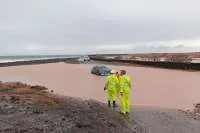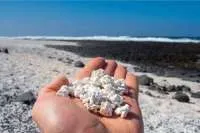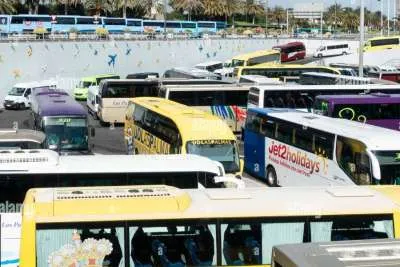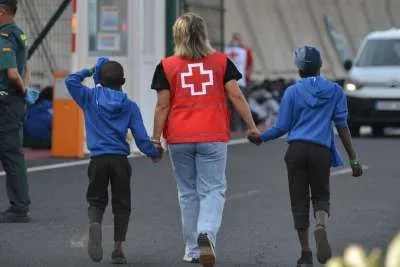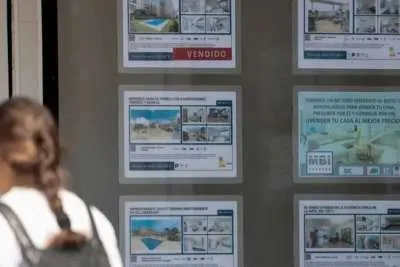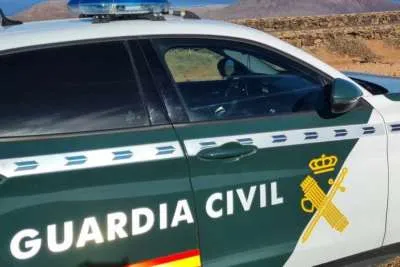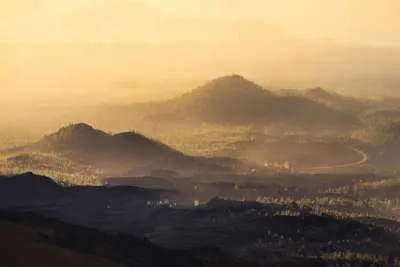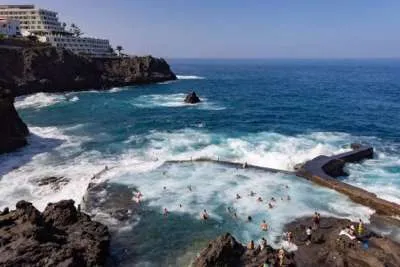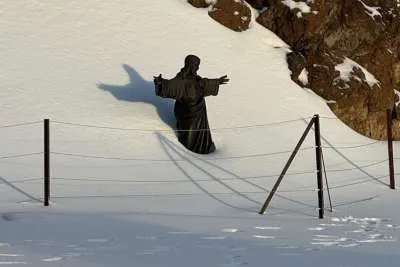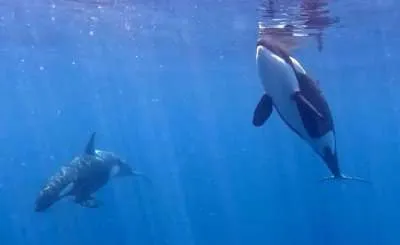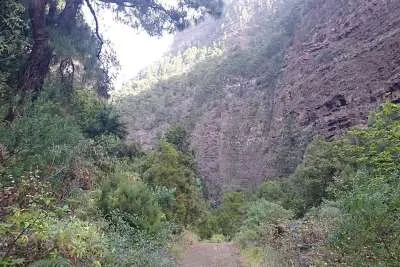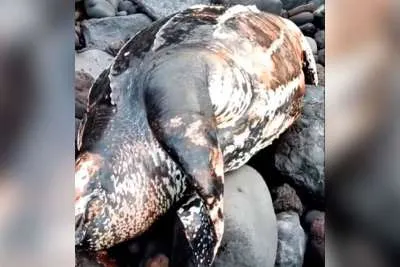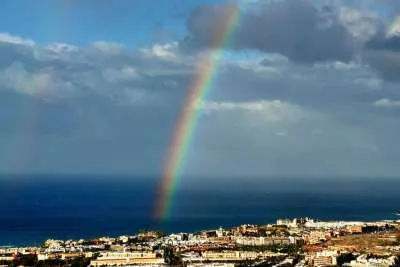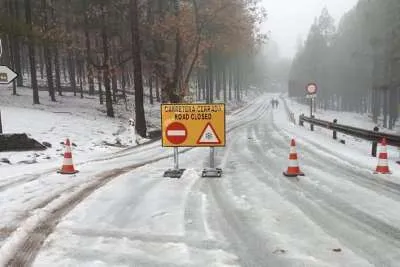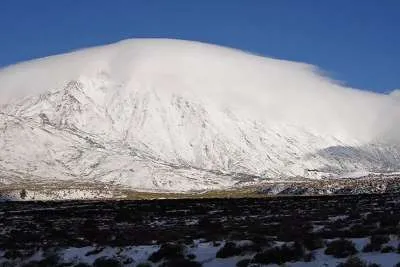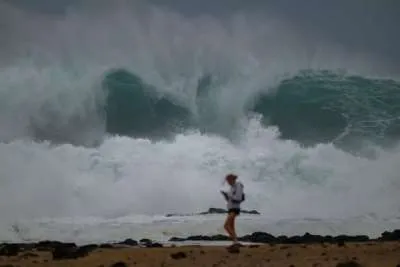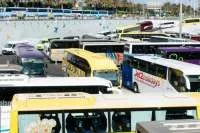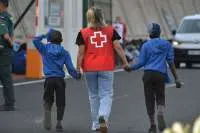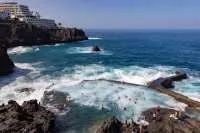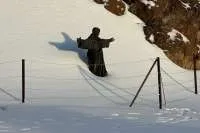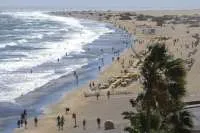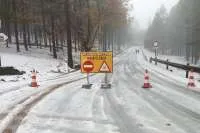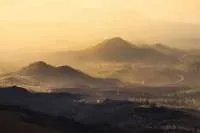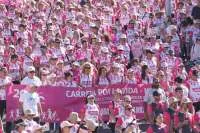Betancuria: The oldest town and historic capital of the Canary Islands
- 02-09-2024
- Fuerteventura
- Canarian Weekly
- Photo Credit: Visit Fuerteventura
Located in the heart of Fuerteventura, Betancuria holds the title of the oldest town in the Canary Islands and was once the historic capital of the archipelago. Despite its significant role in the islands' history, Betancuria is now the least populated municipality in the Canary Islands, with only 816 residents according to 2023 data from ISTAC.
Founded in 1404 by Jean de Bethencourt and Gadifer La Salle, Betancuria was established as a refuge from the dangers of coastal living during the early 15th century. At that time, being near the coast posed significant risks due to potential attacks from enemy fleets or pirate raids.
The founders chose an inland location in Fuerteventura, offering both protection and fertile land. Although San Marcial de Rubicón in Lanzarote was the Normans' first strategic settlement in the Canary Islands, it was the founding of Betancuria that marked the beginning of urban life in the archipelago.
Architectural and Cultural Heritage
Betancuria is recognised for its rich historical and architectural heritage. The town was declared a historical site in 1979, with the Church of Santa María serving as the central structure that influences the style of surrounding buildings, such as the Hermitage of Santa Inés and the ruins of the Franciscan Convent of San Buenaventura.
The town's whitewashed facades, dark volcanic stones, vibrant vegetation, and ochre tones create a striking contrast against the semi-desert landscape of Fuerteventura.
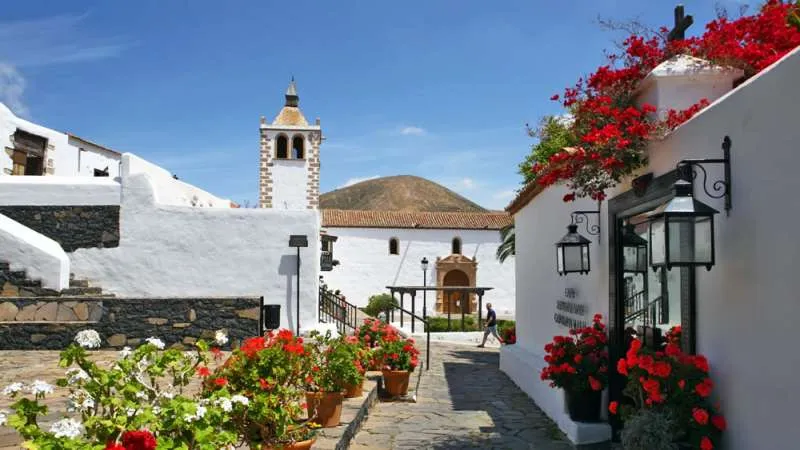
Cultural Significance and Annual Pilgrimage
Beyond its historical centre, Betancuria is also home to the Hermitage of Nuestra Señora de la Peña, the patron saint of Fuerteventura. Located in Vega del Río Palmas, this monument, declared a Site of Cultural Interest in 1985, is the focal point for an annual pilgrimage.
Every third Saturday in September, pilgrims from across the island gather to celebrate the Feast of the Virgin of La Peña, paying homage to the island’s patroness.
Aboriginal Legacy and Archaeological Insights
Betancuria also plays a crucial role in preserving the aboriginal history of Fuerteventura. The town hosts the Archaeological and Ethnographic Museum of Fuerteventura, which showcases the culture and traditions of the island's original inhabitants, the Mahos.
Artefacts from significant archaeological sites such as Montaña Tindaya, Cueva de Villaverde, La Atalayita, La Fortaleza, and La Pared are displayed in the museum, providing insights into the lives of the Mahos who thrived in Fuerteventura’s arid lands for over two thousand years.
Panoramic Views and Historical Monuments
Visitors to Betancuria can also explore the Guise and Ayose viewpoint, where they can enjoy breathtaking views that stretch to the horizon. The viewpoint features two towering 4.5 metre sculptures created by artist Emiliano Hernández, representing Guise of Maxorata and Ayose of Jandía, the last kings of Fuerteventura's ancient kingdoms.
These monarchs eventually accepted the authority of Jean de Bethencourt and were baptised as Luis and Alfonso, marking a significant moment in the island's history.
Betancuria, with its deep historical roots and cultural richness, remains a vital link to the past of the Canary Islands, offering visitors a unique glimpse into the origins of this remarkable archipelago.

Other articles that may interest you...
Trending
Most Read Articles

Featured Videos
A Vision of Elvis Tenerife Promo
- 10-05-2025
TEAs 2025 Highlights
- 17-11-2025





